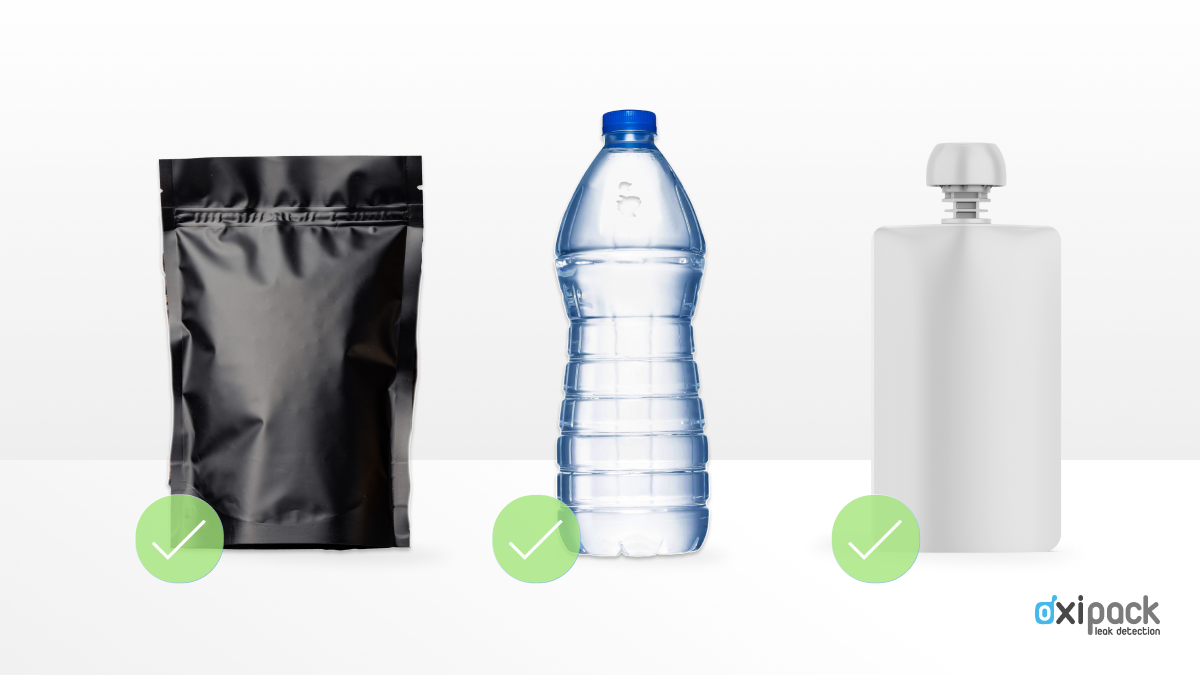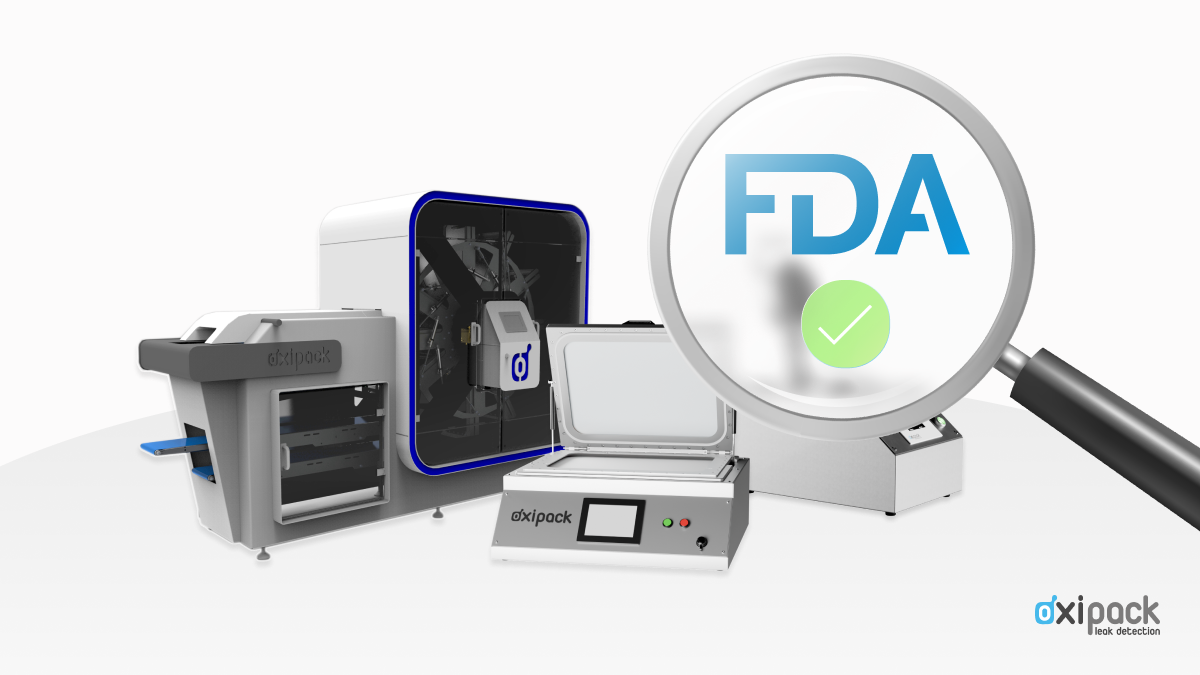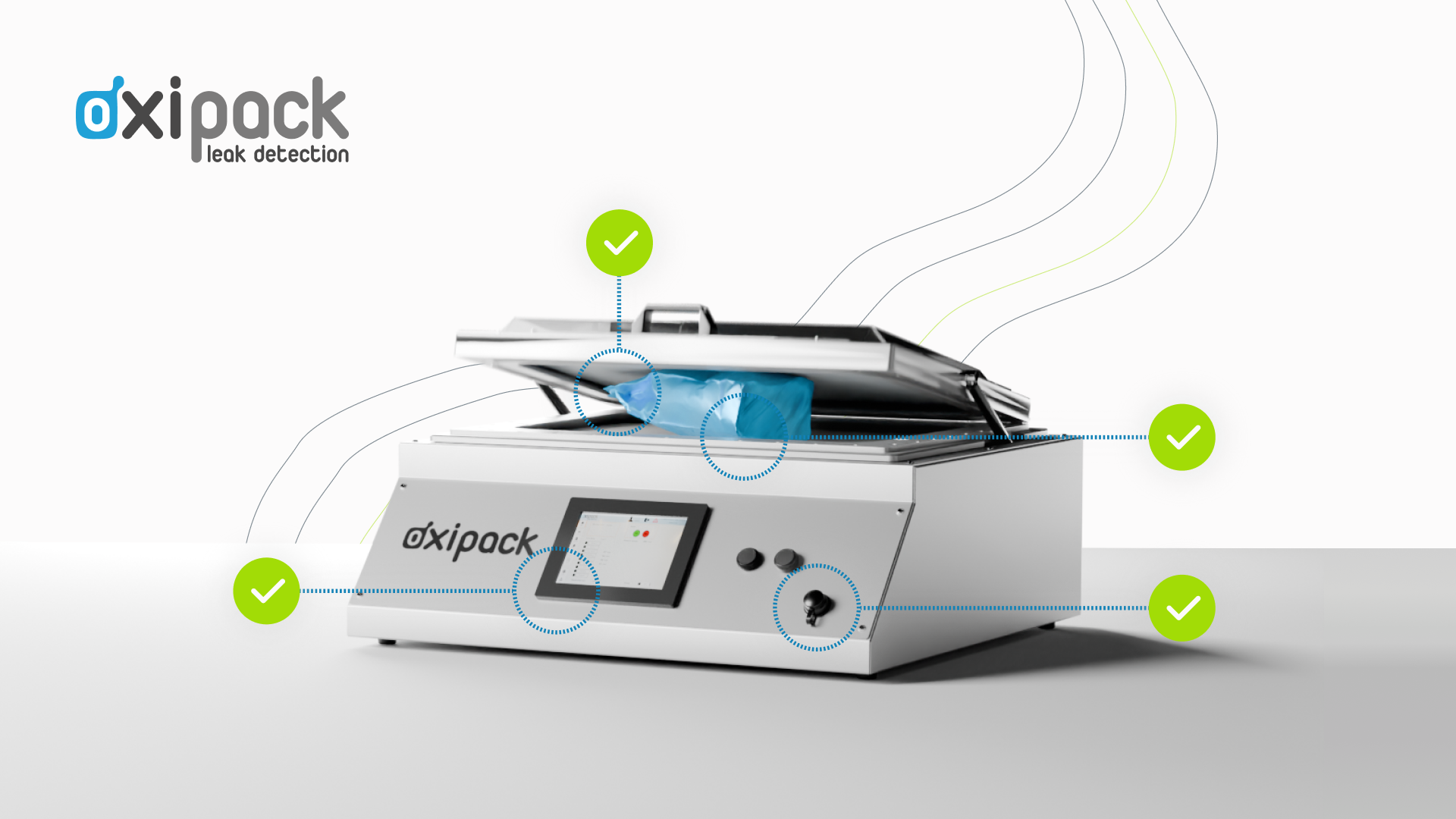Best Practices for Maintaining Packaging Compliance
Did you know that 52% of product recalls are directly related to packaging issues? Failure to adhere to packaging compliance can lead to product recalls, damaged consumer trust, and tarnished brand credibility. In industries like pharmaceuticals, food, and medical devices, where even the smallest packaging flaw can lead to serious health risks, following best practices is non-negotiable. Let’s dive into the best practices for maintaining packaging compliance and see how they help manufacturers stay ahead in a highly regulated environment.
1. Choose the Right Leak Detection Method
Choosing the right leak detection method is essential for upholding packaging compliance and ensuring product integrity. Older methods like water immersion or dye ingress can be subjective and often destructive, leading to product waste and inconsistent results. In contrast, vacuum decay testing is a non-destructive, highly sensitive, and precise method that is well-suited for ensuring the integrity of packaging across various industries.
Vacuum decay testing offers automated, repeatable results that eliminate the variability of manual methods, making it a reliable choice for compliance. By choosing a method that provides objective, quantifiable data, manufacturers can ensure that their packaging meets regulatory requirements without compromising efficiency.
2. Implement Automation for Consistency
Automation is key when it comes to maintaining consistent quality in packaging compliance. Automated leak detection processes, like those offered by vacuum decay technology, reduce human error, increase accuracy, and improve repeatability. Automation also makes it easier for manufacturers to keep up with high production volumes without compromising the quality of leak detection.
Incorporating automated systems not only ensures consistent quality control but also helps companies meet the repeatability standards demanded by regulatory bodies. By minimizing manual intervention, manufacturers can achieve a level of consistency that is vital for compliance.
3. Keep Detailed Documentation and Records
Documentation and traceability are fundamental components of packaging compliance. Regulatory bodies require detailed records of testing conditions, results, and any detected anomalies. With technologies like vacuum decay testing, manufacturers can automate the generation of reports, which provides a clear trail of evidence for audits and regulatory reviews.
Maintaining comprehensive documentation helps manufacturers demonstrate compliance with regulatory standards, providing clear proof that their quality control processes are effective. This is particularly valuable during inspections or audits, where the ability to produce detailed records can be the difference between compliance and costly penalties.
4. Adapt to Different Packaging Types
A best practice for maintaining packaging compliance is ensuring that your leak detection method is versatile enough to handle different packaging types. Industries often deal with a range of packaging formats—from rigid containers to flexible pouches—and having a leak detection system that can adapt to different packaging requirements is essential.
Vacuum decay technology is highly adaptable and can be used on various packaging types, making it ideal for manufacturers with diverse product lines. By using a versatile leak detection method, companies can simplify their quality control processes, reduce equipment costs, and ensure that all packaging, regardless of type, meets compliance standards.
5. Invest in Employee Training
Even the most sophisticated leak detection technology requires skilled operators. Training employees to understand the importance of packaging compliance, how to operate leak detection equipment, and how to interpret the results is a critical best practice for maintaining compliance.
Regular training sessions ensure that employees stay up to date with the latest regulatory requirements and technological advancements. Well-trained employees are better equipped to respond to issues quickly, minimize errors, and maintain a high standard of quality control. Investing in employee training ultimately leads to fewer compliance issues and contributes to the overall efficiency of the production process.
6. Real-Time Monitoring and Feedback
With advancements in Industry 4.0, real-time monitoring and feedback systems have become essential for maintaining packaging compliance. Vacuum decay testing can be integrated into smart manufacturing systems to provide real-time data on packaging integrity. This allows manufacturers to instantly identify and address potential issues before they become major problems.
Real-time monitoring provides valuable insights into production trends, enabling proactive quality control measures. By addressing issues in real time, manufacturers can prevent defects, reduce waste, and ensure that only compliant products reach the market—all of which are essential for maintaining packaging compliance.
7. Prioritize Non-Destructive Testing
Non-destructive testing is a best practice that saves both costs and resources. Traditional leak detection methods often involve destroying the product during testing, which can be costly, particularly for high-value products like pharmaceuticals or medical devices. Vacuum decay testing, being non-destructive, ensures that tested products can still be sold, reducing waste and improving cost efficiency.
By prioritizing non-destructive testing methods, manufacturers can maintain compliance without sacrificing valuable products. This approach not only saves money but also aligns with sustainability initiatives, as it minimizes the need to dispose of tested products, making it an environmentally friendly choice.
8. Prepare for Evolving Regulations
Regulatory standards for packaging integrity are continually evolving, especially in industries like pharmaceuticals and food, where consumer safety is paramount. Staying informed about the latest changes in regulations and ensuring that your packaging processes are compliant with current standards is a crucial best practice.
Manufacturers should regularly review regulatory guidelines and update their quality control processes as needed. By investing in advanced leak detection technologies like vacuum decay, manufacturers can future-proof their processes and ensure that they are always in compliance with the latest requirements. Being proactive about regulatory changes helps companies avoid the pitfalls of non-compliance, such as recalls or fines, and maintains their reputation for quality.
Building a Culture of Compliance
Maintaining packaging compliance is about more than just meeting regulatory requirements—it's about building a culture of quality, safety, and continuous improvement. By following these best practices, manufacturers can ensure that their packaging processes are not only compliant but also efficient, cost-effective, and sustainable.
The adoption of advanced leak detection technologies like vacuum decay, combined with automation, real-time monitoring, and comprehensive employee training, can transform how manufacturers approach packaging compliance. In an increasingly competitive market, staying ahead of regulations and ensuring the highest standards of quality are what set successful manufacturers apart.
By embedding these best practices into daily operations, manufacturers can build a robust framework for packaging compliance that not only meets regulatory demands but also drives operational excellence, enhances brand reputation, and ultimately protects the consumer.




